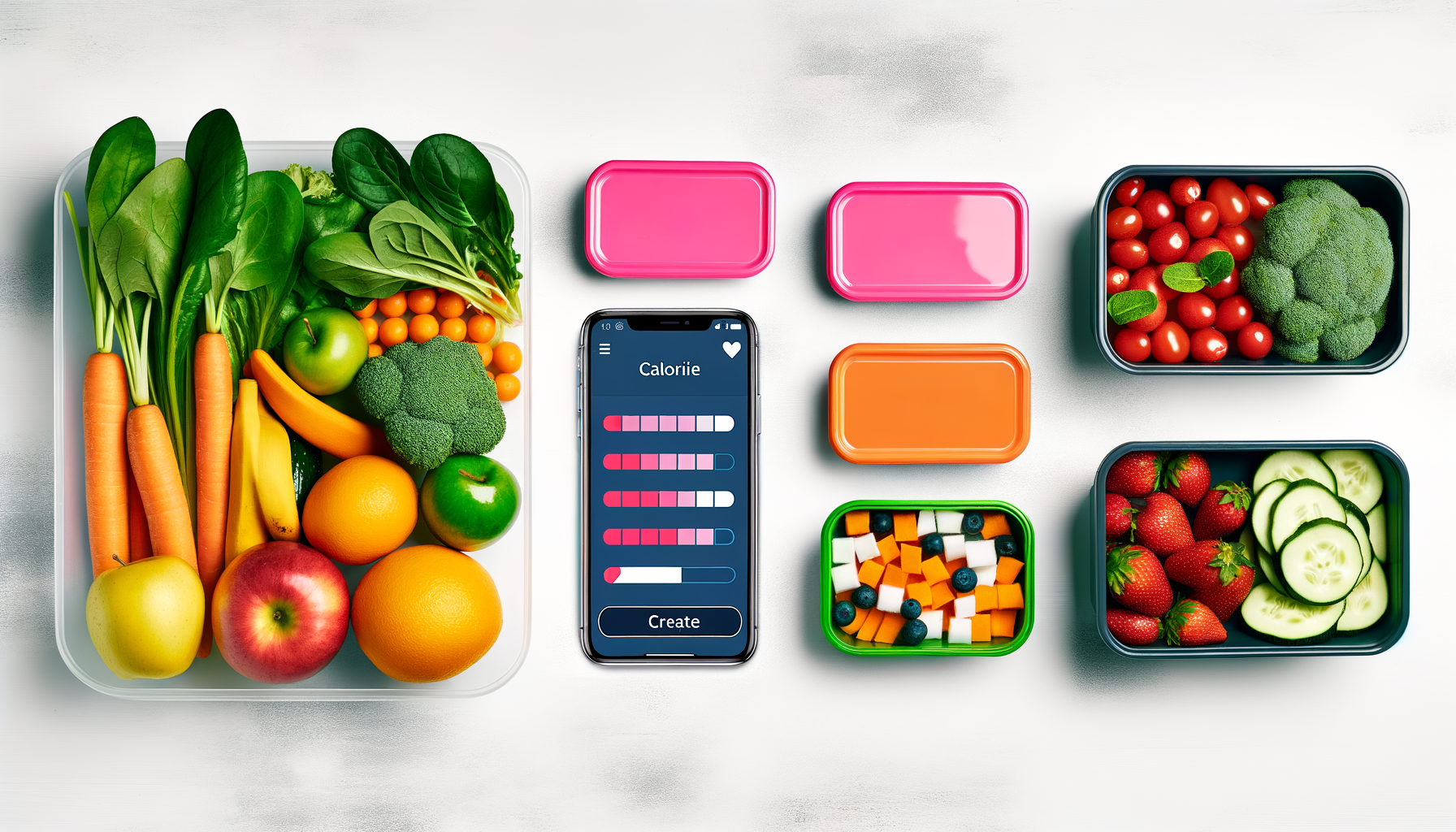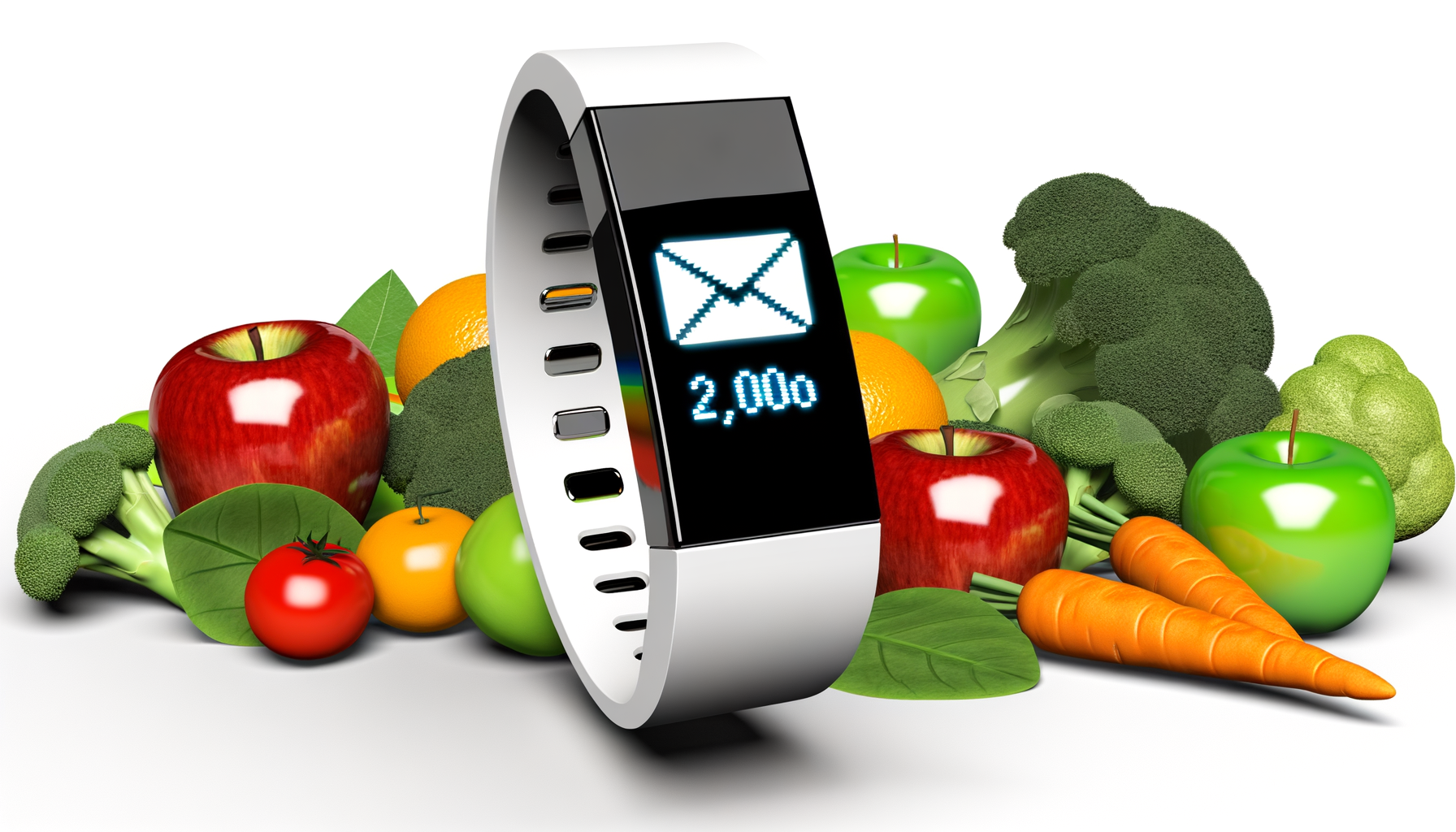Integrating Calorie Data into Periodized Training Programs
Optimizing Athletic Performance Through Integrated Calorie Data and Periodized Training
When it comes to enhancing athletic performance, the synergy between training periodization and nutritional planning is paramount. Integrating calorie data into periodized training programs can significantly impact an athlete's ability to achieve optimal performance. Here, we delve into the intricacies of this approach, exploring the science, practical implementation, and real-world examples.
The Science of Training Periodization
Training periodization involves dividing a training program into distinct phases, each designed to build on the progress of the previous one. This approach is crucial for avoiding plateaus and preventing overtraining. According to the International Sports Sciences Association (ISSA), periodization can be structured in various ways, including block, linear, and non-linear (undulating) periodization[5).
In the context of athletic performance, nutrition plays a critical role. Nutritional periodization, or the strategic adjustment of macronutrient intake to match training demands, is essential for supporting training outcomes. This involves adjusting carbohydrate, fat, and protein intake based on the intensity, volume, and timing of training sessions.
Carbohydrate Periodization: A Key Component
Carbohydrates are a primary source of energy for athletes, particularly during intense and prolonged training sessions. Carbohydrate periodization involves adjusting carbohydrate intake to match the demands of the training schedule. For instance, on high-intensity training days, athletes should consume higher amounts of carbohydrates to ensure high muscle glycogen levels. This can range from 7-12 grams of carbohydrate per kilogram of body weight during recovery from intense sessions.
For example, a 100 kg athlete might consume 700-1200 grams of carbohydrates in the 24 hours following an intense workout. In contrast, on moderate or easy training days, the carbohydrate intake can be reduced to 5-7 grams per kilogram of body weight.
Implementing Nutritional Periodization
To effectively implement nutritional periodization, several key factors must be considered:
- Age, Sex, and Physical Condition: The nutritional needs of athletes vary based on age, sex, and physical condition. Younger athletes may require more calories and nutrients to support growth and development, while older athletes may need to adjust their nutrition to account for changes in metabolism and body composition[2>.
- Training Intensity, Volume, and Timing: The intensity, volume, and timing of training sessions significantly influence nutritional needs. Athletes should adjust their calorie and macronutrient intake according to the demands of their training schedule[4>.
- Individualized Nutrition Plans: Athletes can benefit from customized nutrition plans developed in consultation with sports dietitians or nutritionists. These plans take into account the specific training phases and nutritional needs of the athlete[2>.
Tools and Resources for Optimizing Nutrition
To optimize nutrition timing and composition, athletes can utilize various tools and resources:
- Calorie Calculators: Tools like the WP Calorie Calculator can help athletes determine their daily calorie needs based on their training intensity, weight, and other factors. This is particularly useful in ensuring that athletes meet their nutritional requirements during different phases of their training[2>.
- Nutrition Plans: Customized nutrition plans can be developed to align with the athlete's training periodization. These plans can help in adjusting macronutrient intake to support muscle recovery, growth, and performance[4>.
Case Studies and Real-World Examples
Several case studies and real-world examples illustrate the effectiveness of integrating calorie data into periodized training programs. For instance, the "train-low (smart): compete high" paradigm involves reducing carbohydrate availability for selected training sessions to enhance training adaptations while maintaining high carbohydrate availability for competition to maximize performance and recovery.
In one study, athletes who followed a periodized nutrition plan that included carbohydrate periodization showed improved markers of training adaptation and better performance outcomes compared to those on a non-periodized diet.
Practical Steps for Athletes and Coaches
To integrate calorie data into their training programs, athletes and coaches can follow these practical steps:
- Consult a Professional: Work with a sports dietitian or nutritionist to develop a personalized nutrition plan that aligns with the training periodization[2>.
- Use Calorie Calculators: Utilize tools like the WP Calorie Calculator Plans to accurately determine daily calorie needs based on training intensity and other factors[2>.
- Monitor and Adjust: Continuously monitor nutritional intake and adjust as needed based on training progress and performance[2>.
Conclusion and Next Steps
Incorporating calorie data into training periodization is a powerful strategy for enhancing athletic performance. By understanding the interplay between training intensity, volume, and nutrition, athletes can optimize their calorie and macronutrient intake to support their training goals.
For those looking to implement these strategies, it is essential to stay informed through resources from reputable organizations such as the International Sports Sciences Association (ISSA) and the University of New Mexico’s Exercise Science Department.
By combining the principles of training periodization with strategic nutritional planning, athletes can achieve optimal performance and reach their full potential. Whether you are an elite athlete or a fitness enthusiast, integrating calorie data into your training program can make a significant difference in your overall performance and health.
For more detailed information and to start optimizing your training with precise calorie data, consider using the WP Calorie Calculator and exploring other resources available on their website.











